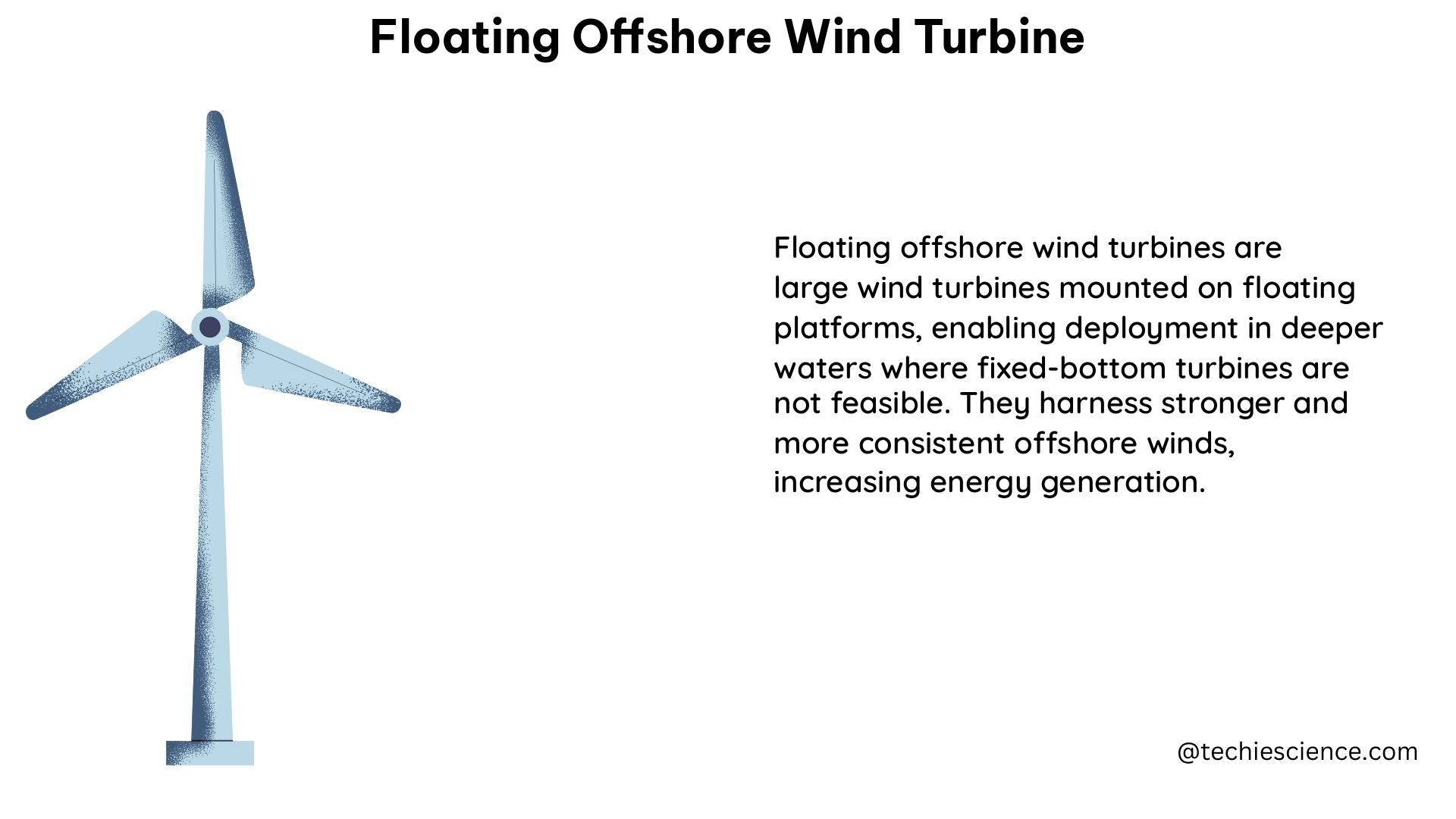Floating offshore wind turbines (FOWTs) have emerged as a promising solution for harnessing wind energy in deeper waters, where traditional bottom-fixed offshore wind turbines are not feasible. These advanced systems offer the potential to unlock vast renewable energy resources, contributing to the global transition towards a sustainable energy future. In this comprehensive technical playbook, we delve into the intricate details of FOWT design, performance analysis, and cutting-edge technologies that are shaping the future of this rapidly evolving field.
Data-Driven Damage Quantification: Ensuring Reliable Operation
One of the critical aspects of FOWT management is the ability to accurately quantify and monitor structural damage. A study by researchers at the Harbin Engineering University presents an innovative approach, MSCSA-AED, that leverages unsupervised machine learning techniques to intelligently extract features from the coded responses of a 10 MW FOWT.
The MSCSA-AED method provides a multiscale approach to damage quantification, allowing for the integration of information across different scales. This approach has been shown to significantly improve the reliability and accuracy of damage assessment, particularly in the complex operating environments encountered by FOWTs.
Key Findings:
– The influence of applying different similarity functions in the MSCSA-AED method was found to be significant in establishing the reliability of damage quantification.
– The capability to analyze the characteristics of the platform’s different degrees of freedom (DOFs) enhanced the accuracy and reliability in quantifying structural damage.
– The MSCSA-AED method offers a promising path for efficient damage quantification, enabling improved maintenance planning and scheduling for FOWT operators.
Digital Twin Solutions: Enhancing Operational Insights

In the realm of FOWT performance analysis, digital twin technologies have emerged as powerful tools for optimizing system performance and predicting lifetime fatigue. The National Renewable Energy Laboratory (NREL) has developed a physics-based digital twin for a floating offshore wind turbine, validated using measurement data from the full-scale TetraSpar prototype.
The NREL digital twin focuses on estimating aerodynamic loads, wind speed, and section loads along the tower to accurately predict the fatigue lifetime of the tower structure. This solution integrates a Kalman filter for estimating structural states, an aerodynamic estimator, and a physics-based virtual sensing procedure to obtain comprehensive load data.
Key Findings:
– The digital twin’s estimated damage equivalent loads achieved an accuracy of approximately 5% to 10% in numerical experiments and 10% to 15% on average when compared to measurements from the TetraSpar prototype.
– The digital twin relies on readily available sensors, such as power, pitch, rotor speed, tower acceleration, inclinometers, and GPS sensors, making it a practical and cost-effective solution.
– However, the current method faces challenges in capturing high-frequency content, which can significantly impact the accuracy of damage equivalent load estimates.
Advancing FOWT Technology: Innovative Design and Analysis
Beyond the specific studies mentioned, the field of floating offshore wind turbines is witnessing a surge of technological advancements. Researchers and engineers are exploring various innovative design concepts, materials, and analysis techniques to push the boundaries of FOWT performance and reliability.
Some notable developments include:
– Hybrid FOWT designs that combine multiple floating platform types (e.g., spar-type, semi-submersible, tension-leg platform) to optimize stability and energy capture.
– Lightweight and corrosion-resistant composite materials for FOWT components, reducing overall system weight and improving durability.
– Advanced computational fluid dynamics (CFD) simulations to accurately model complex hydrodynamic and aerodynamic interactions, enabling more precise load predictions.
– Integrated structural health monitoring systems that leverage sensor networks and data analytics to detect and diagnose potential issues in real-time.
– Advancements in mooring system design and control strategies to enhance the station-keeping capabilities of FOWTs in harsh offshore environments.
Conclusion
The technical landscape of floating offshore wind turbines is rapidly evolving, driven by the relentless pursuit of innovation and the urgent need for sustainable energy solutions. The insights presented in this comprehensive playbook, from data-driven damage quantification to cutting-edge digital twin technologies, showcase the remarkable progress being made in this field.
As the industry continues to push the boundaries of FOWT design and performance, we can expect to see even more remarkable advancements in the years to come. By harnessing the power of wind energy in deeper waters, FOWTs hold the promise of unlocking vast renewable resources and contributing to a greener, more sustainable future for our planet.
References:
- Data-Driven Damage Quantification of Floating Offshore Wind Turbine Platforms Based on Multi-Scale Encoder–Decoder with Self-Attention Mechanism
- A Digital Twin Solution for Floating Offshore Wind Turbines – NREL
- Loads Analysis of a Floating Offshore Wind Turbine Using Fully Coupled Simulation – NREL
- Hybrid Floating Offshore Wind Turbine Platforms: A Review
- Composite Materials for Floating Offshore Wind Turbine Structures
- Computational Fluid Dynamics Modeling of Floating Offshore Wind Turbines
- Structural Health Monitoring for Floating Offshore Wind Turbines
- Mooring System Design and Control for Floating Offshore Wind Turbines

The lambdageeks.com Core SME Team is a group of experienced subject matter experts from diverse scientific and technical fields including Physics, Chemistry, Technology,Electronics & Electrical Engineering, Automotive, Mechanical Engineering. Our team collaborates to create high-quality, well-researched articles on a wide range of science and technology topics for the lambdageeks.com website.
All Our Senior SME are having more than 7 Years of experience in the respective fields . They are either Working Industry Professionals or assocaited With different Universities. Refer Our Authors Page to get to know About our Core SMEs.